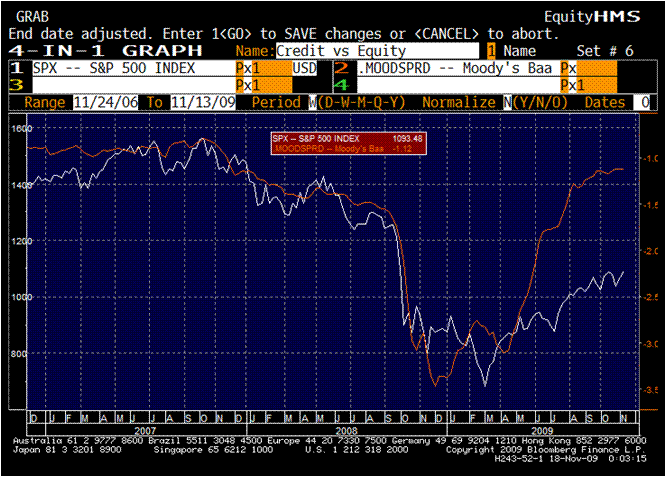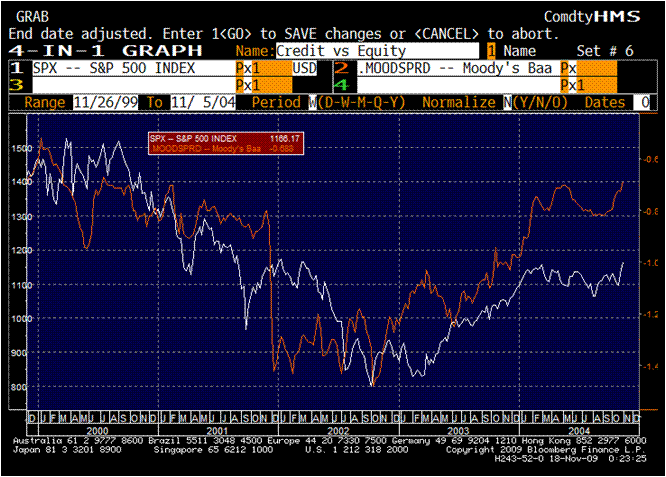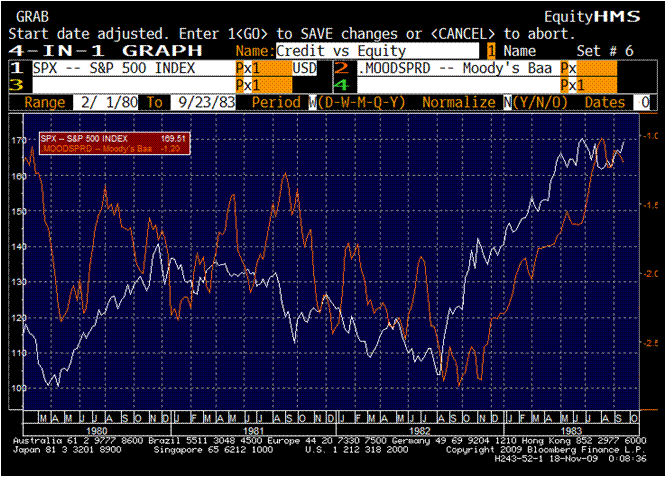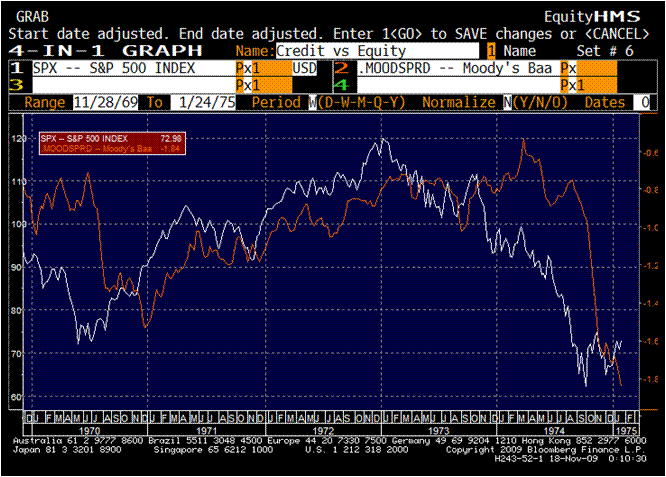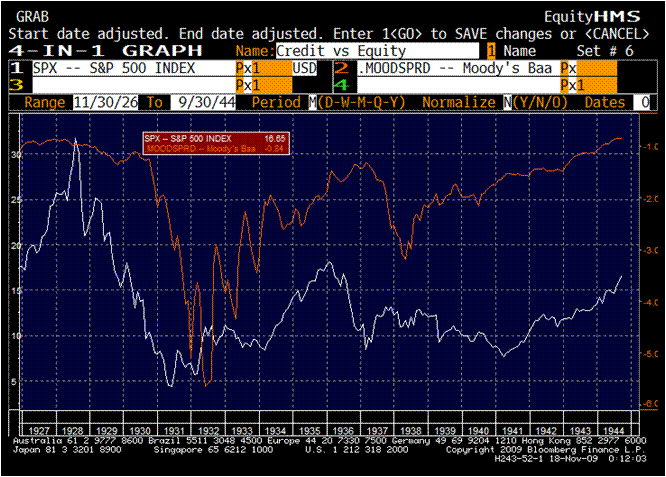Managing Illiquid Assets
Illiquidity is an underrated risk.? Most financial company failures are due to illiquidity, which usually takes the form of too many illiquid assets and liquid liabilities.? Adding to the difficulty is that it is generally difficult to price illiquid assets, because they don’t trade often.
So where do we see failures due to illiquidity?
- Banks — too numerous to mention, though FDIC insurance restrains it now.
- Life insurers, particularly those that write a lot of deferred annuities.
- AIG and the GSEs — abominations all.
- Bear and Lehman — waiving the leverage limit was one of the stupidest regulatory decisions ever.
- Hedge funds – LTCM was the granddaddy of failures, but many have choked because redemptions forced liquidation of assets at unfavorable prices.
- No colleges, though those college that were too aggressive on illiquid assets got whupped in 2008.? Some were forced to raise liquidity in costly ways.? Same for many overly aggressive pension plans, many of whom came late to the game with Venture Capital, Hedge Funds, Timber, Commodities, etc.
Face it.? Most alternative asset classes involve additional illiquidity.? That is an additional risk, and when evaluating those investments, the expected rate of return must be greater than that for liquid investments.
As an aside, there is another factor to be considered with alternative investments.? That factor is strategy capacity.? Alternative investments do best when they are new.? Here is my version of the phases that they go through:
- New — few know about it except some business-minded investors.? Only the best deals get done.
- Growing — a modest number know about it, and a tiny number of consultants.? Only very good deals get done.
- Comes of age — many know about it, and most consultants pitch it to their clients as the way to go.? Good deals get done.
- Maturity — almost everyone knows about it, and it is a standard aspect of asset allocation for consultants, who have their means of differentiating between different providers, based on metrics that will later be revealed to be useless.? All reasonable deals get done.
- Post-maturity — Late bloomers make it to the party, and beg to get in, thinking that past is prologue, and do not realize that deal quality has eroded severely.
- Failure, which brings maturity — deals fail, leading the market to scrutinize all investments, leading to true risk-based pricing.? Later adopters abandon the market, and take losses.? Earlier adopters sharpen practices, and prepare for a more normal asset class.
So, when looking at illiquid assets, how do you determine how much to invest?? First determine how much of your funding base will never leave over the next 10 years.? When I was a corporate bond manager, that was 25% of the assets that I was managing, because of structured settlements and immediate annuities.
For a pension plan or endowment, forecast needed withdrawals over the next ten years, and calculate the present value at a conservative discount rate, no higher than 1% above the ten-year Treasury yield.? Invest that much in short to intermediate bond investments.? You can invest the rest in illiquid assets, because most illiquid assets become liquid over ten years.
But after that, there is an additional way of controlling illiquidity risk — time once again for the fusion solution! Money market funds run a ladder of maturities.? Stable value funds run a longer ladder, as should commodity ETFs, rather than floating at spot.? Then there are clever advisers who run municipal and other bond ladders for wealthy and semi-wealthy clients.? Running a ladder of maturities is one of the most robust management techniques as far as interest rate risk is concerned.? There is always money coming out and in every year, which slowly leads the portfolio yield in the direction of average rates.
Now, if these bonds are less liquid muni bonds, but the credit risk is low, you don’t care as much about the illiquidity, because the ladder produces its own liquidity as bonds mature.? The key question is sizing the length of the ladder, which comes down to a question of analyzing the liquidity/income needs of the client, combined with a forecast on the secular direction of rates.? The forecast is the least important item, because it is the toughest to get right.? (An aside: who has been right on bond yields consistently for the last 20+ years?? Hoisington, my favorite deflationists.? Wish I had listened more closely.)
The same principle applies to pension funds, endowments, life insurers with a few twists.? Divide your liabilities in two.? What obligations do you know cannot be changed, except at your discretion?? That group of liabilities can have illiquid assets to fund them.? Try to match the payout streams, but if not, try to match them in broad with a ladder, keeping in mind what mismatches you will likely face over the next 1-2 years in order to properly size your cash position.
The rest of the liabilities need more intensive modeling, analyzing what could make them change.? You can try to buy assets that change along with the liabilities, but in practice that is hard to do.? (That said, there are no end of clever derivative instruments available to solve the problem in theory.? Caveat emptor.)? The assets have to be liquid for this portfolio.? Other aspects of portfolio choice will depend on valuation parameters, credit spreads, yield curve shape, market volatilities, as well as macroeconomic factors.
Three Closing Notes
1) Now, all that said, just because you can take on illiquidity doesn’t mean that you should.? A good manager has a feel from history for what the proper liquidity give up is in valuations for stocks and other risk assets, and credit spreads for fixed income assets of all sorts.
Was it worth moving from the:
- Relatively liquid AAA tranche to the illiquid AA, A or BBB tranche for 0.10%, 0.20%, 0.40%/year respectively?? As a bond manager at much larger insurance company said back in 2000 — “It’s free money.”? (That is almost always a dangerous phrase.) My view was there was more illiquidity and credit risk than we could consider.
- Relatively liquid large-issue BBB bank bond to the relatively illiquid small-issue BBB bank bond for 1% more in yield?? Hard to say.? There are a lot of factors involved here, and your credit analyst will have to be at the top of his game.? It also depends on where you are in the speculation cycle.
- Liquid public equities to private equity or hedge funds with lockups?? Tough question.? Try to figure out what the unlevered returns are for comparative purposes.? Analyze long-term competitive advantage.? Look at current deal quality and valuation metrics.? For hedge funds, look at how credit spreads moved over their performance horizon.? Anyone can make money when spreads are tightening, but who makes money when spreads are blowing out?? Analyze them over a full credit cycle.
2) Institutions that did not previously do more liquidity analysis because we had been in near-boom conditions for decades need to at least do scenario testing to assure that they aren’t overplaying their hands, such that they might be forced to make bad decisions if liquidity gets tight.? Safety first.? (This applies to governments and industrial corporations too, as we will experience over the next three years.)
3) Finally, if you decide to make a large illiquid purchase like Mr. Buffett did last year, make triple-sure of your logic and your liquidity positioning.? Nothing lives forever, but you can prolong the life of the institutions you serve by careful reasoning and planning, particularly regarding liquidity.? Get financing when you can, not when you need it. It takes humility to do so, but it yields the quiet reward of continued existence at a modest price.





